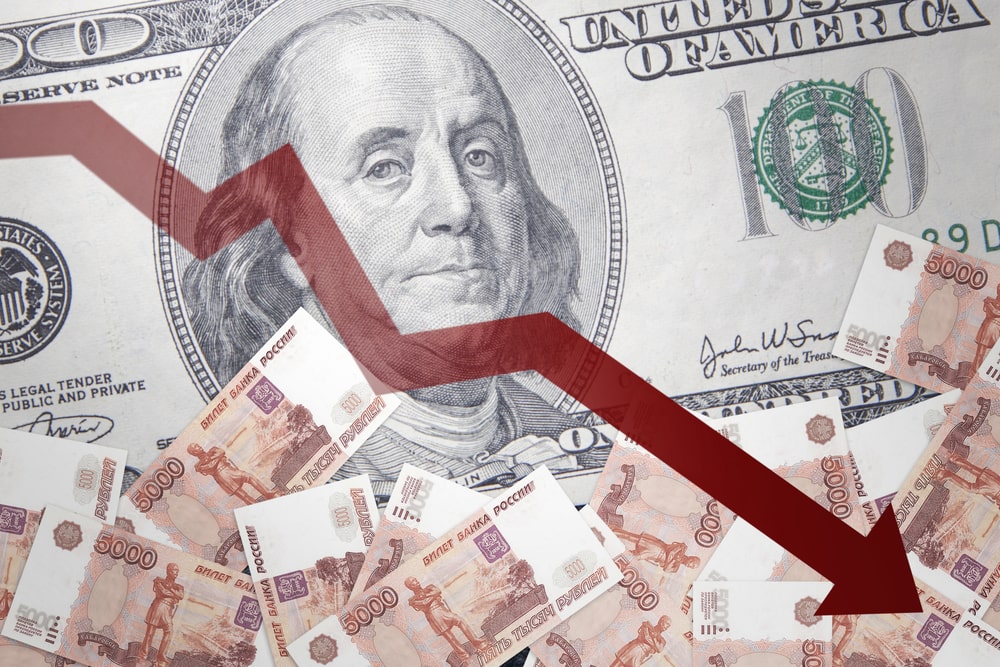
Monetary Policy & Inflation | US

Monetary Policy & Inflation | US
US treasury yields rose last week after mixed data:
This article is only available to Macro Hive subscribers. Sign-up to receive world-class macro analysis with a daily curated newsletter, podcast, original content from award-winning researchers, cross market strategy, equity insights, trade ideas, crypto flow frameworks, academic paper summaries, explanation and analysis of market-moving events, community investor chat room, and more.
US treasury yields rose last week after mixed data:
Turning to market moves, US 10Y yields closed the week at 3.52% (+13bps WoW, +1bp MoM) while the yield on the policy sensitive US 2Y closed the week at 4.08% (+11bps WoW, +15bps MoM). In terms of yield curve inversion, the magnitude of the 2s10s inversion sat at -56bps on Friday. The probability of recession increases with yield curve inversion.
The probability of recession within the next twelve months assigned by our recession model, which uses the 2Y10Y part of the yield curve, fluctuated between 81% and 85% throughout last week, before closing the week at 83% Friday. Meanwhile, the Fed recession model, which uses the 3M10Y part of the yield curve, produced a 68% chance of recession (Chart 2). Notably, both models are producing recession probabilities higher than that of the 2007-2008 Global Financial Crisis.
We introduced two models for predicting US recessions using the slope of the US yield curve. When long-term yields start to fall towards or below short-term yields, the curve flattens or inverts. This has often predicted a recession in subsequent months. Our model is based on the 2s10s curve compared to a model from the Fed that is based on 3M10Y curve. We believe that the 2Y better captures expectations for Fed hikes in coming years and is therefore more forward-looking.

Spring sale - Prime Membership only £3 for 3 months! Get trade ideas and macro insights now
Your subscription has been successfully canceled.
Discount Applied - Your subscription has now updated with Coupon and from next payment Discount will be applied.